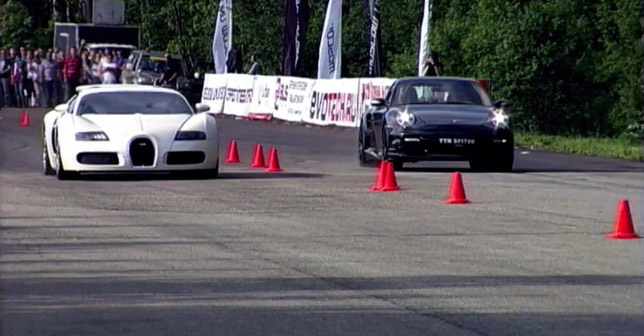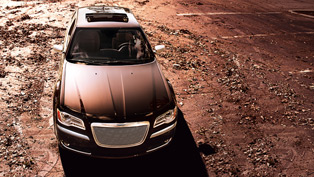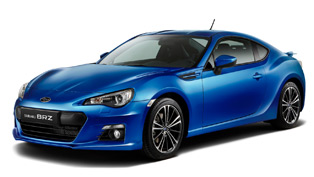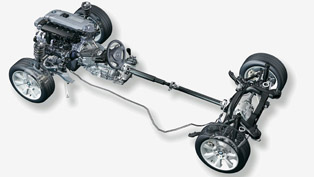Drag Racing – Times and Power [part 2]
Let's continue with the reaction time. With several words, it is the time between the green light signal and when the car passes the starting line. Normal reaction time is between 0.5 to 1 second and if it is under that, the driver is either lucky or trying to "cheat".
All this characteristics are connected and can explain everything that happens on the race track, even how the driver controls the car.
The time and the terminal speed are the most important characteristics and normally the proportions are these: 15 to 14 seconds on ¼ mile – 150 to 160 km/h, 14 to 13 seconds – 160 km/h to 175 km/h, 13 to 12 seconds 175 km/h to 190 km/h, 12 to 11 seconds from 190 km/h to 210 km/h and all cars in the 10 second mark and below that have terminal speeds of more than 210 km/h.
So, what happens, when the car have high terminal speed and bad ¼ mile. Usually, there are two reasons – bad start and low traction after that. The cars, which are not 4x4 and have a lot power like turbocharged BMWs, Porsches or Mercedeses. The conclusion is more wheel spin leads to bad ¼ mile time and high terminal speed.
So, it turns that drag racing is not only a chase between two cars on a straight line and changing gears or waiting for the automatic transmission to do that. There are a lot for very important factors, which can work in your benefit, if you know them and try to improve not only your car, but yourself, too.
More power, less weight and good, prepared driver – the formula of the success at ¼ mile races.



![Tesla Model X reveal [VIDEO]](http://www.automobilesreview.com/uploads/2012/02/Tesla-Model-X-big.jpg)

![Drag Racing - Times and Power [part 1]](http://www.automobilesreview.com/uploads/2012/03/porsche-drag-big.jpg)





